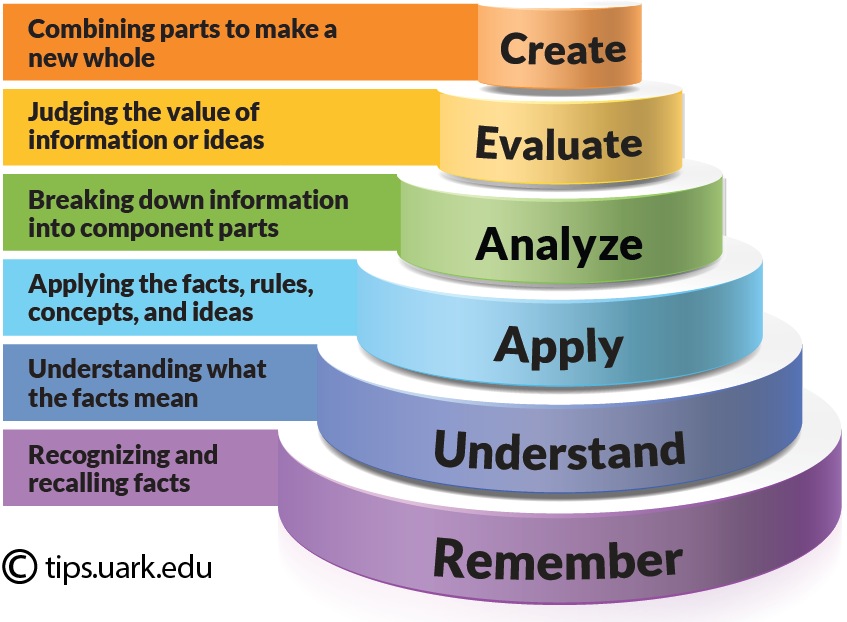According
to Spratt, Pulverness, & Williams, (2012) on page 27, Functions “is a
reason why we communicate”. Unit four was about functions. It was interesting
because there is close relationship with lexis and
the context with the exponent. The context refers where is used
or in which situations and the exponent the language we use for that situation.
As teacher, I consider that the function of the language must be taught in the
classroom according to the level of formality whereas at the moment of speaking or
writing. The exponents we use is the classroom most of the time affect the way
students will communicate when they grow up. For that reason I consider that is
necessary to teach the different kind of exponents such as colloquial, neutral,
according to the register used
it. Moreover, the class has to be emphasis in
the communicative approach which nowadays is more effective because it involves
the use of the structures learning in grammar.
Bibliography:
Spratt, M. Pulverness, A. Williams, M. (2012). Language and background
to language learning and teaching. The
TKT Course. (2nd ed.) Cambridge University Press
Talaat, M. (2002). The form
and functions of English in Pakistan (Doctoral dissertation, Bahauddin
Zakariya University, Multan).
Retrieved from: http://eprints.hec.gov.pk/1631/1/1191.HTM
video: https://www.youtube.com/watch?v=2mS7w_np2Nw

